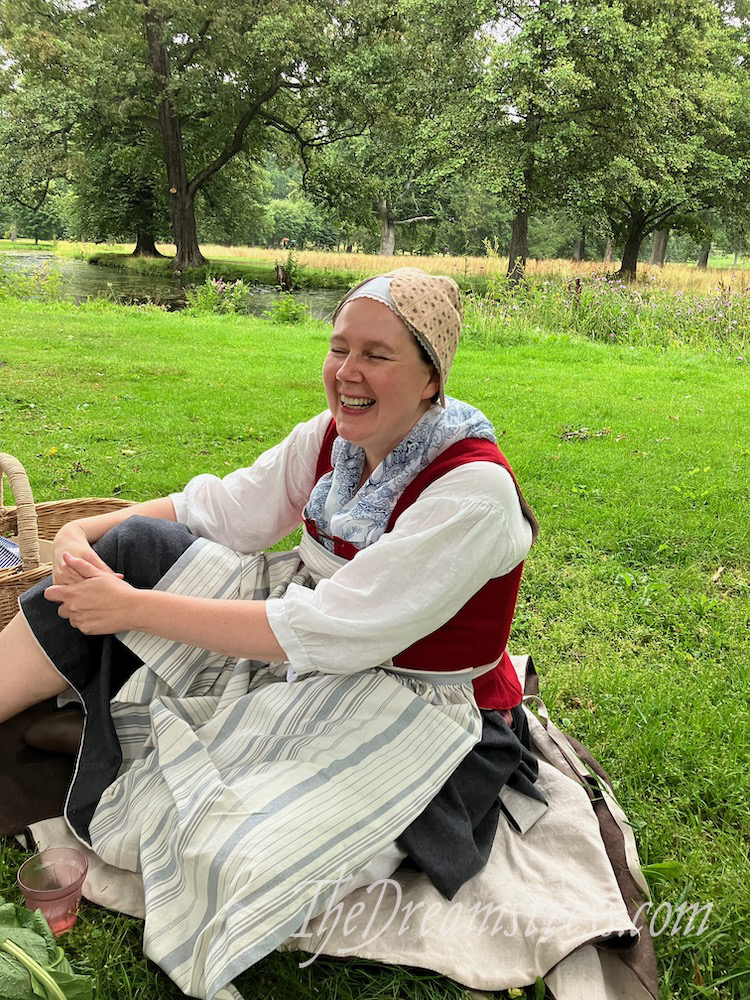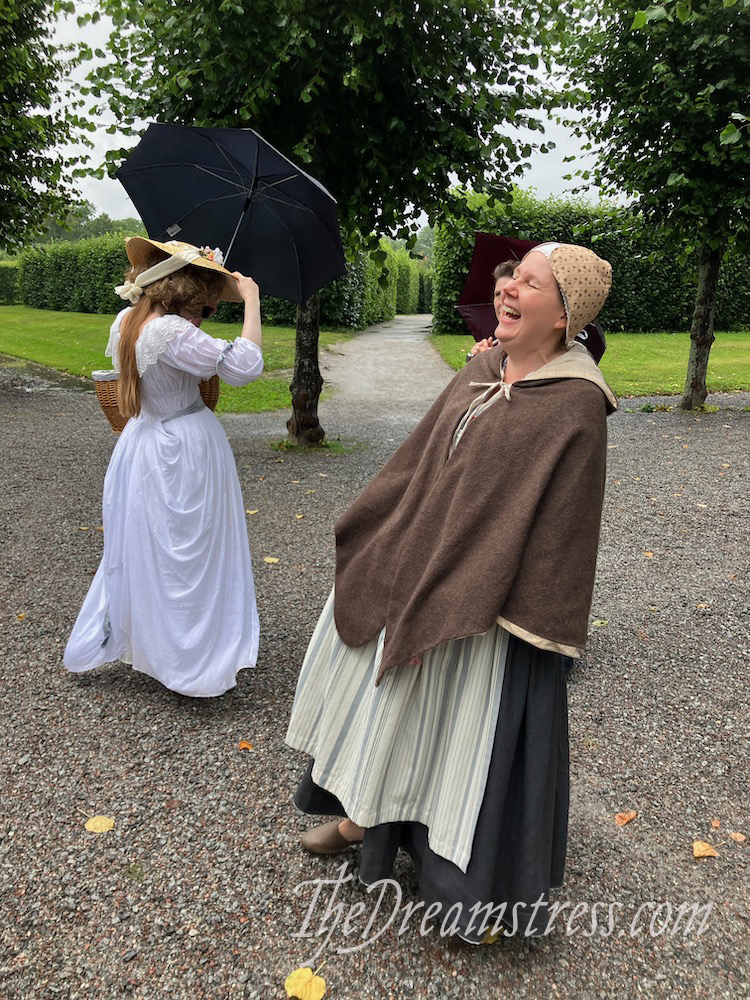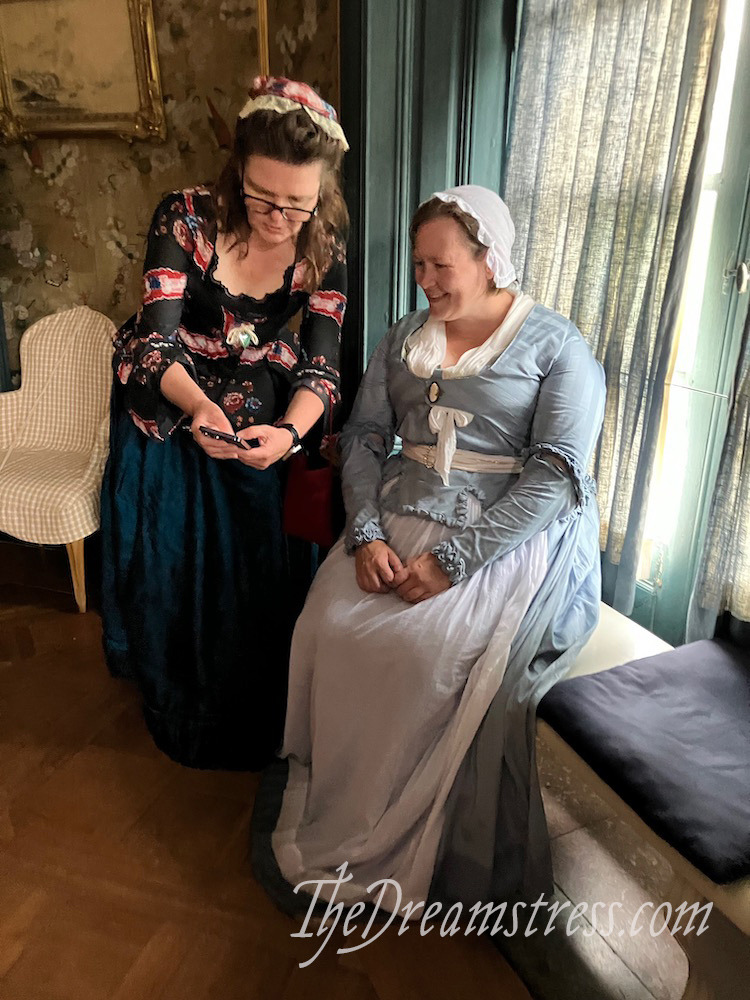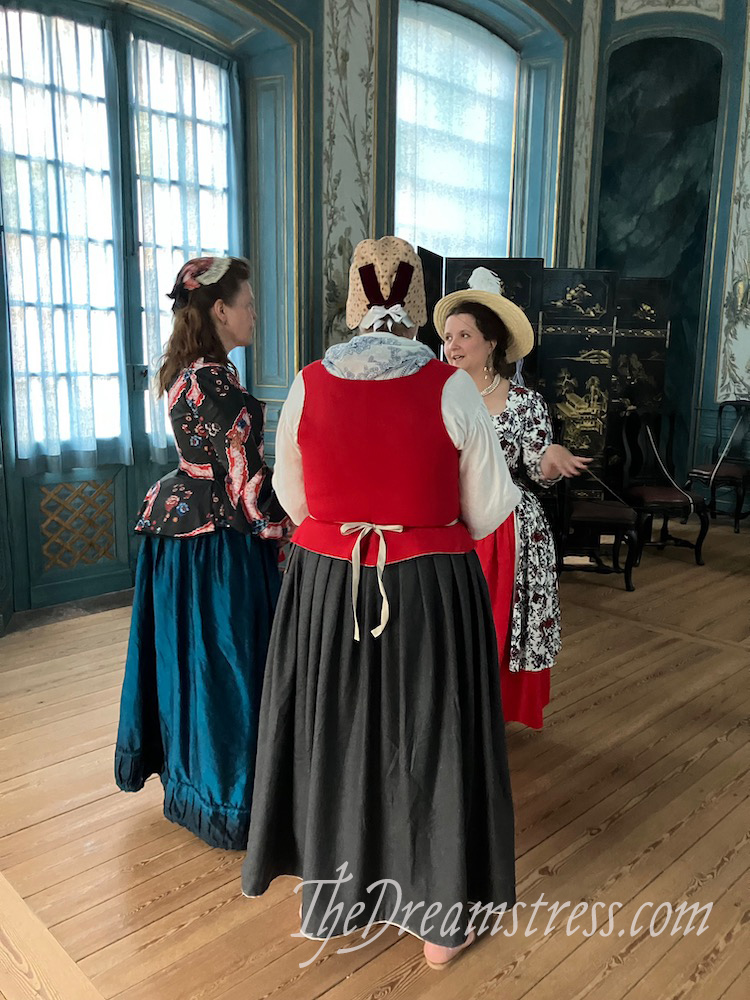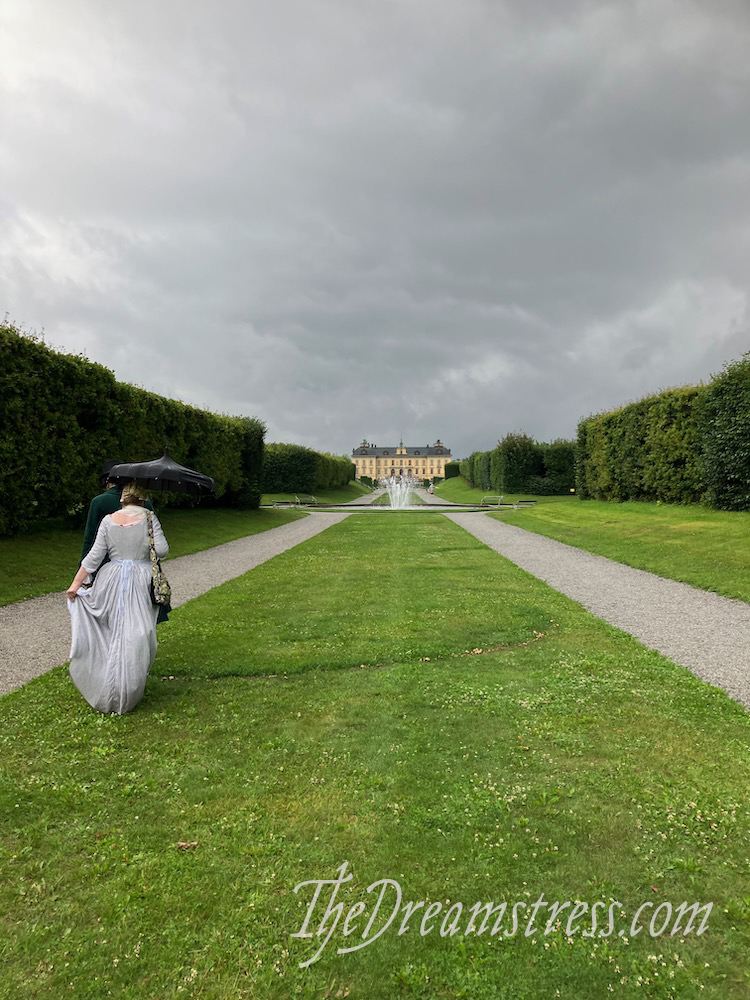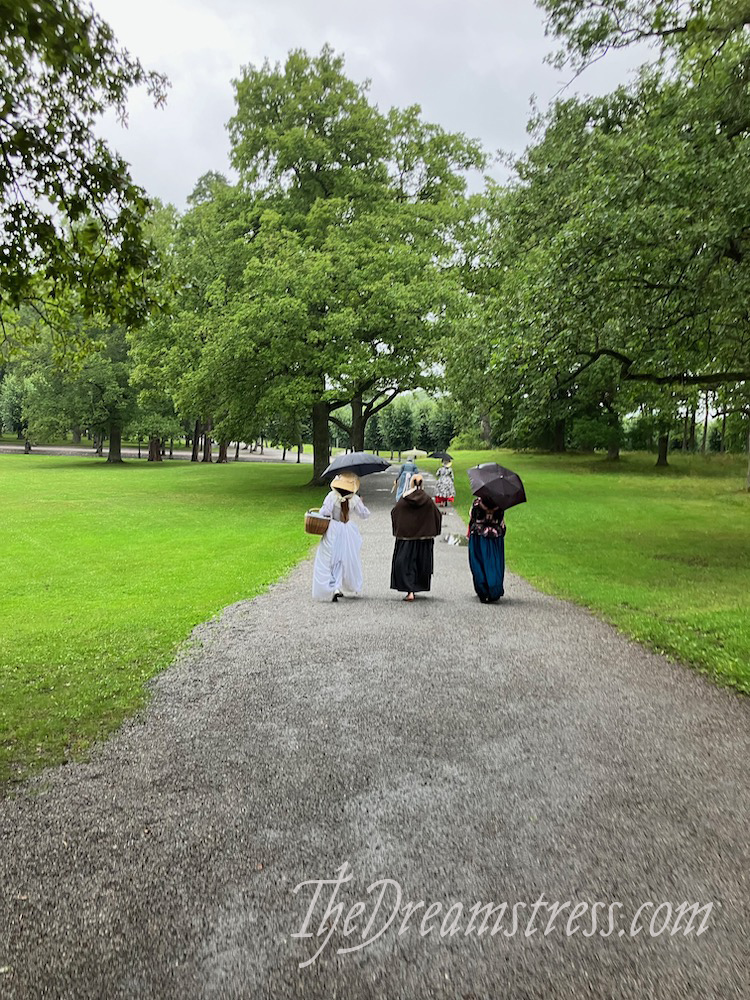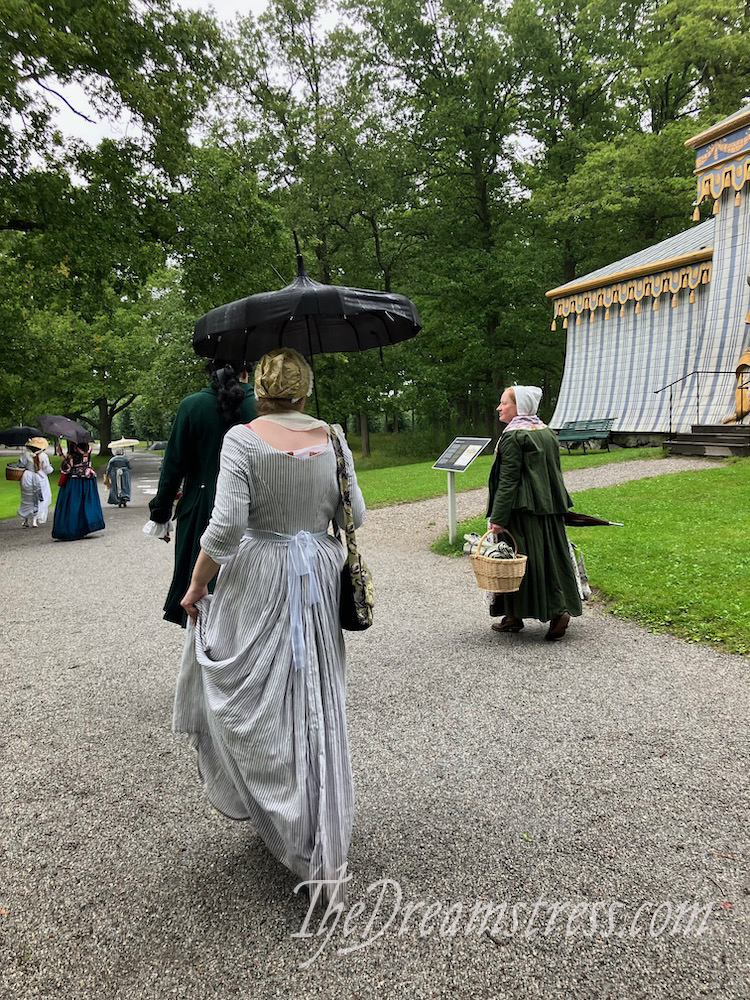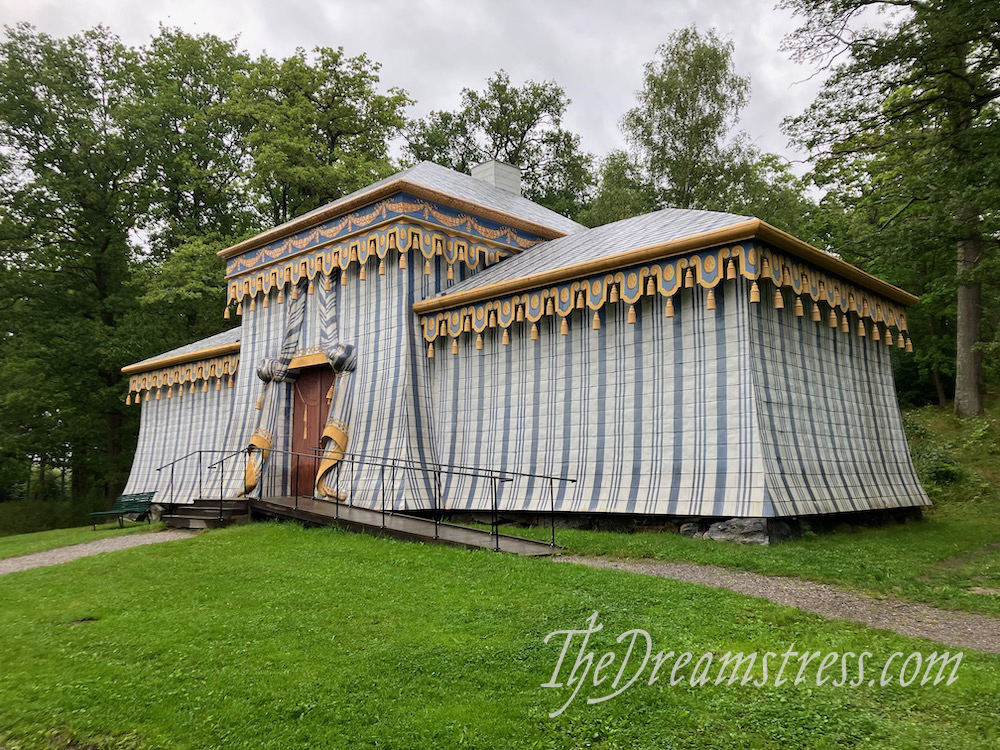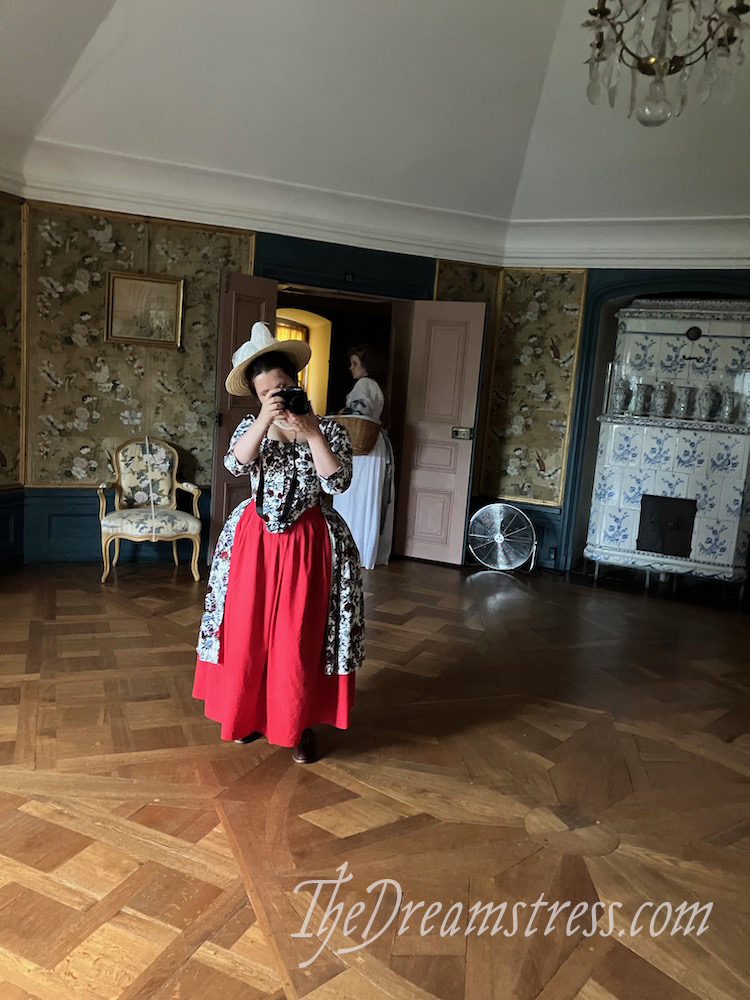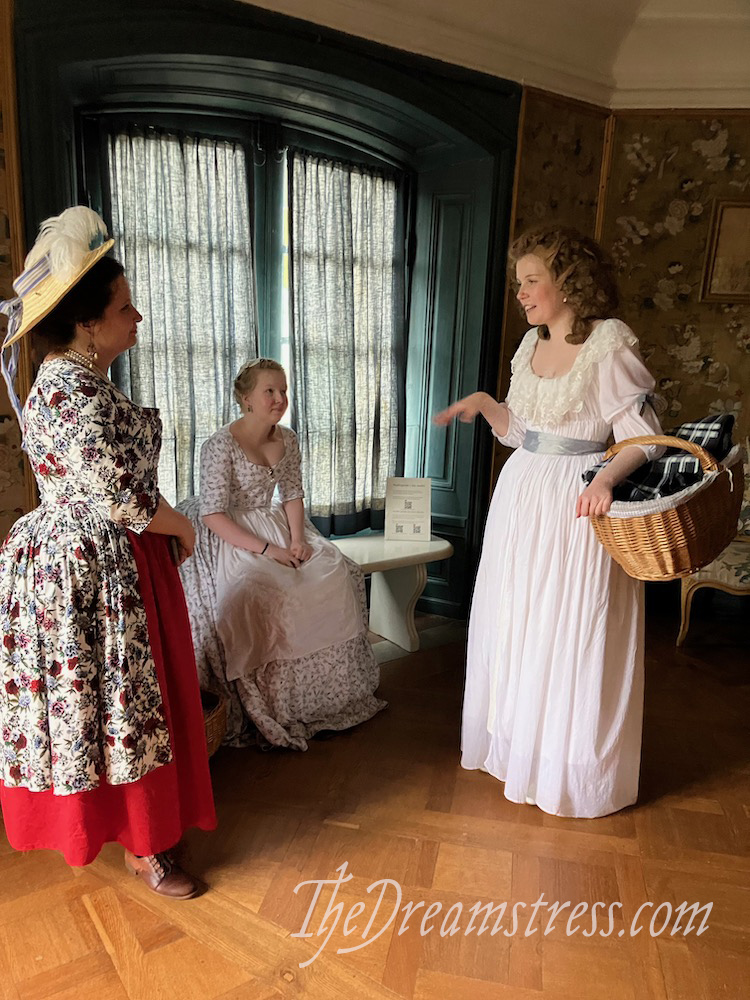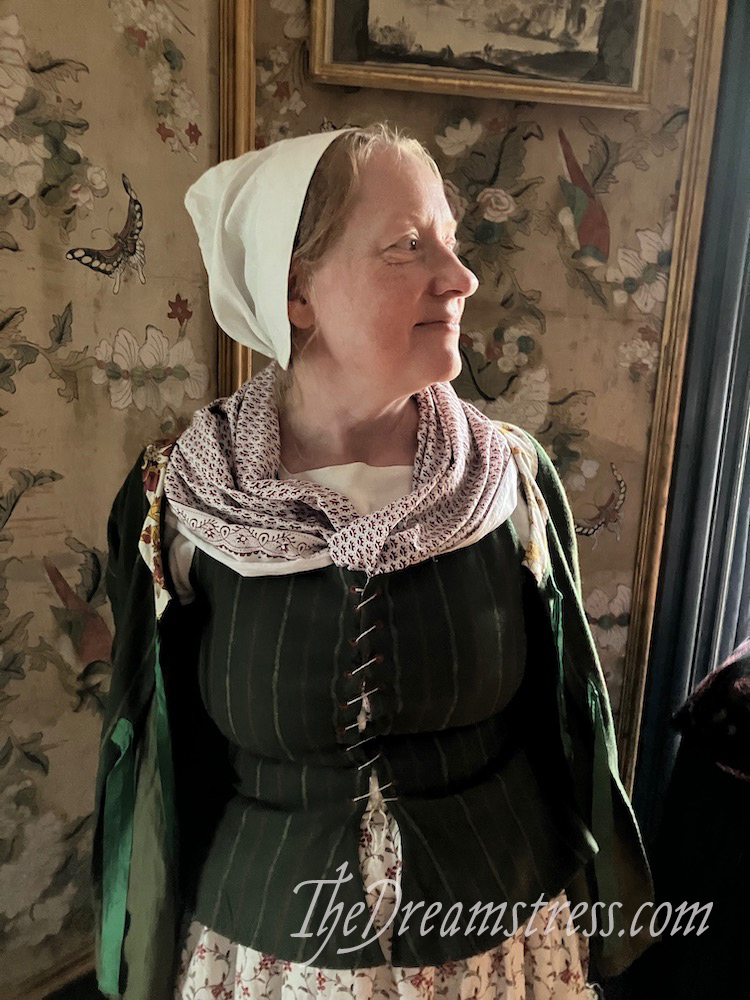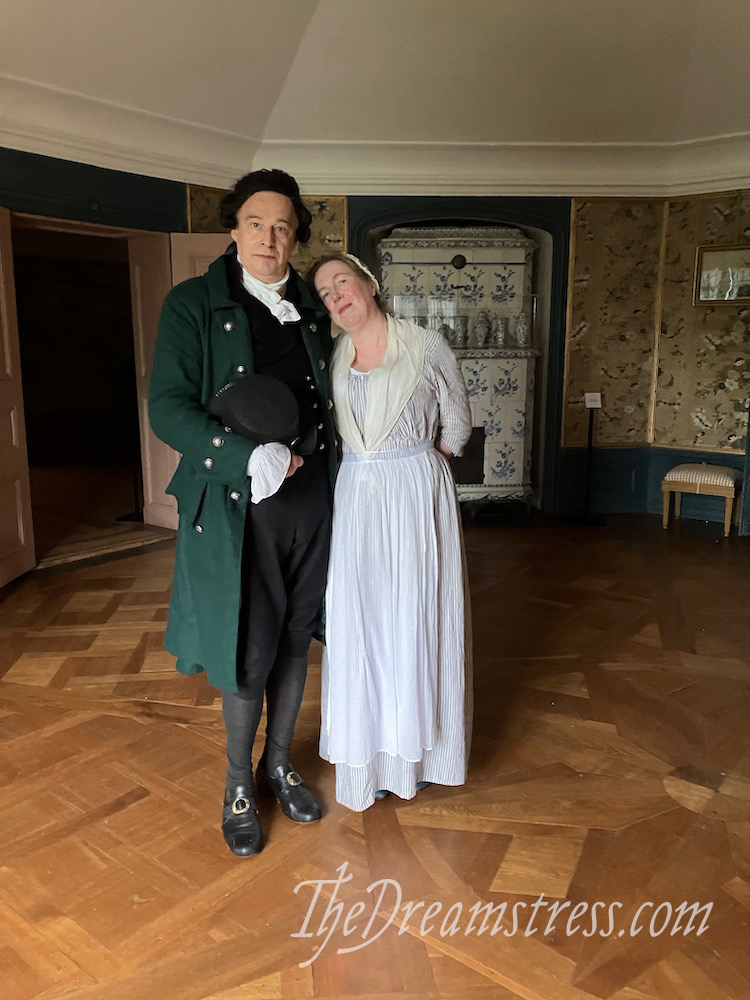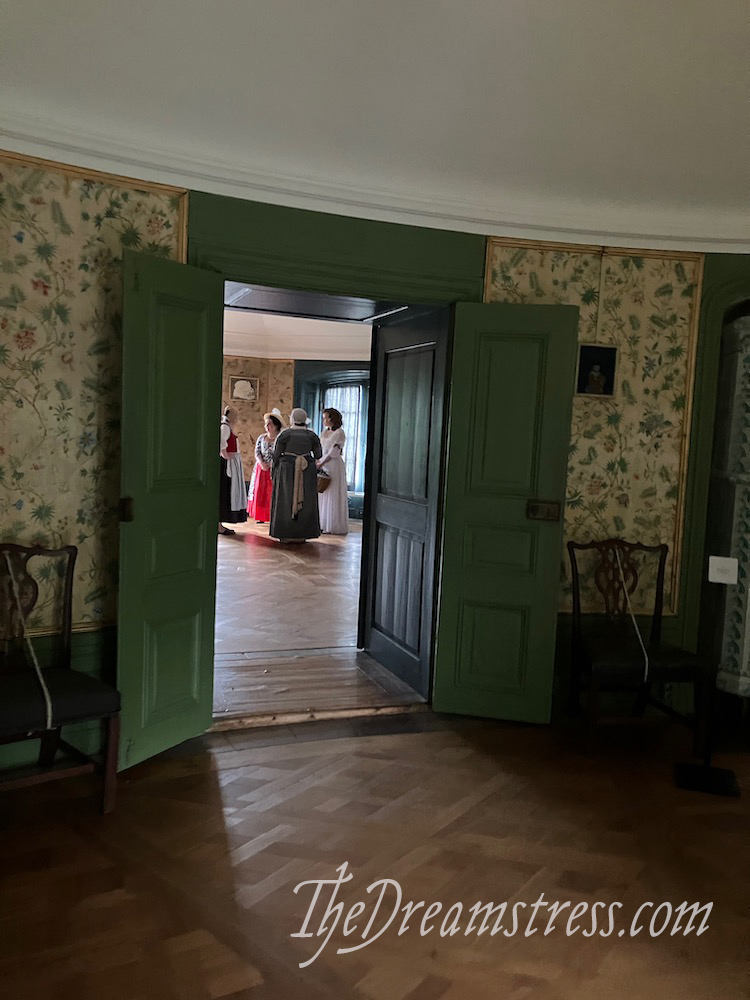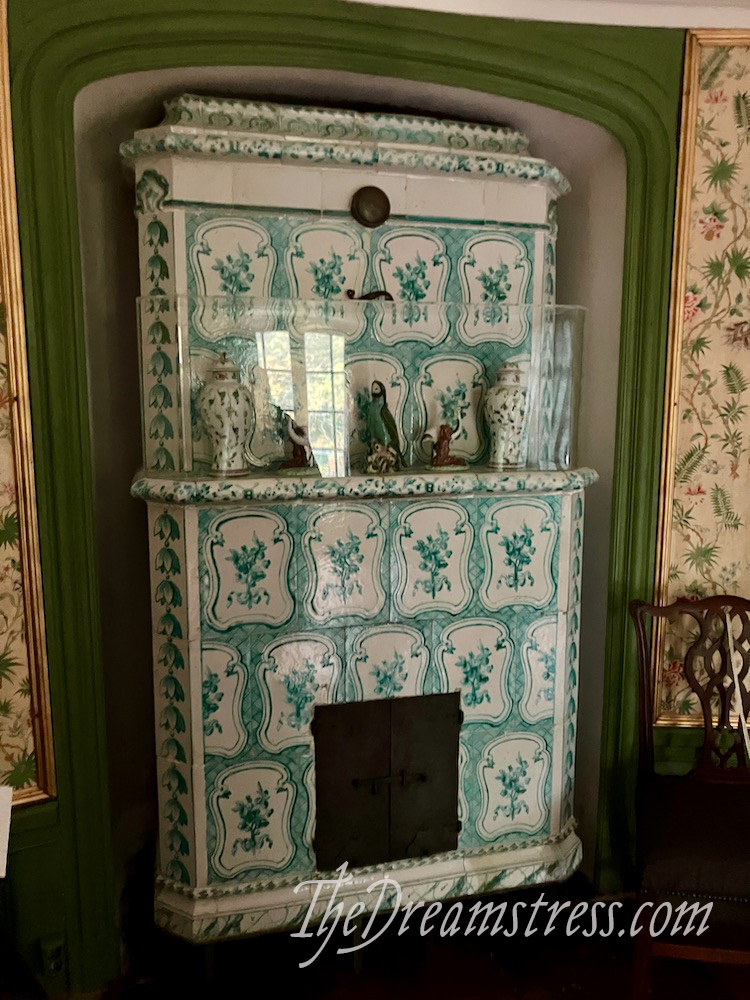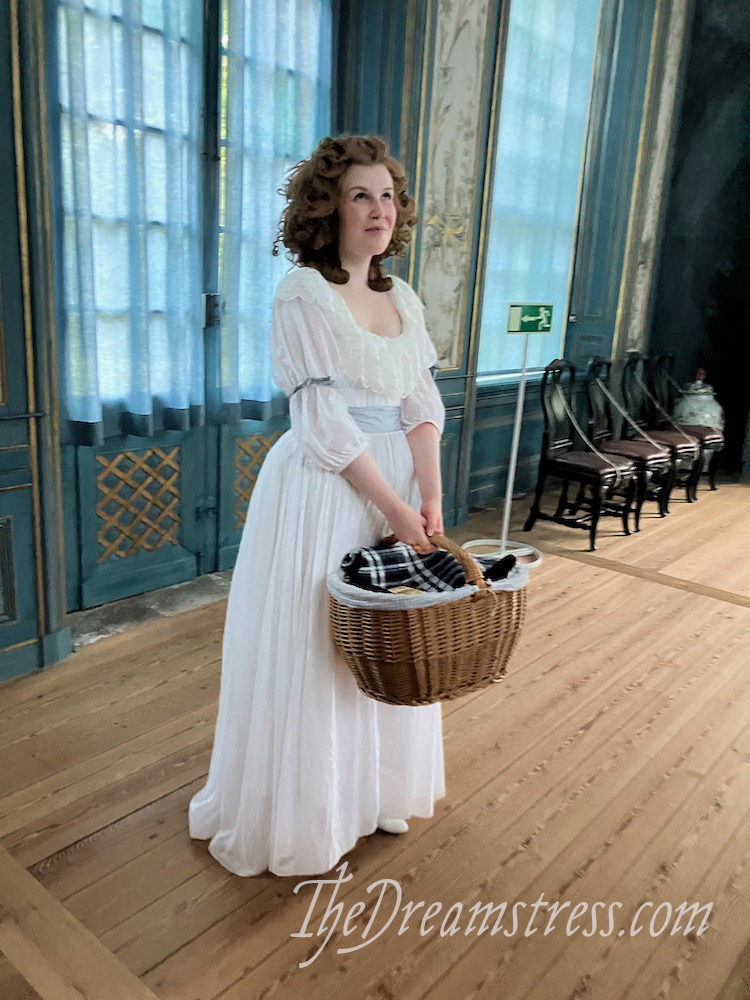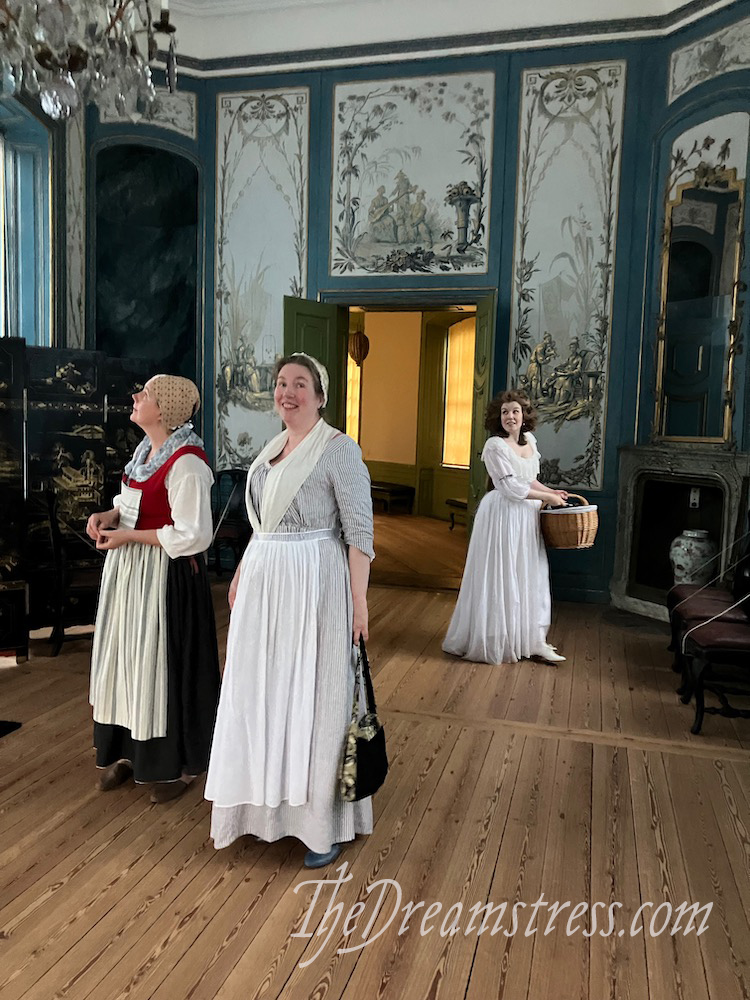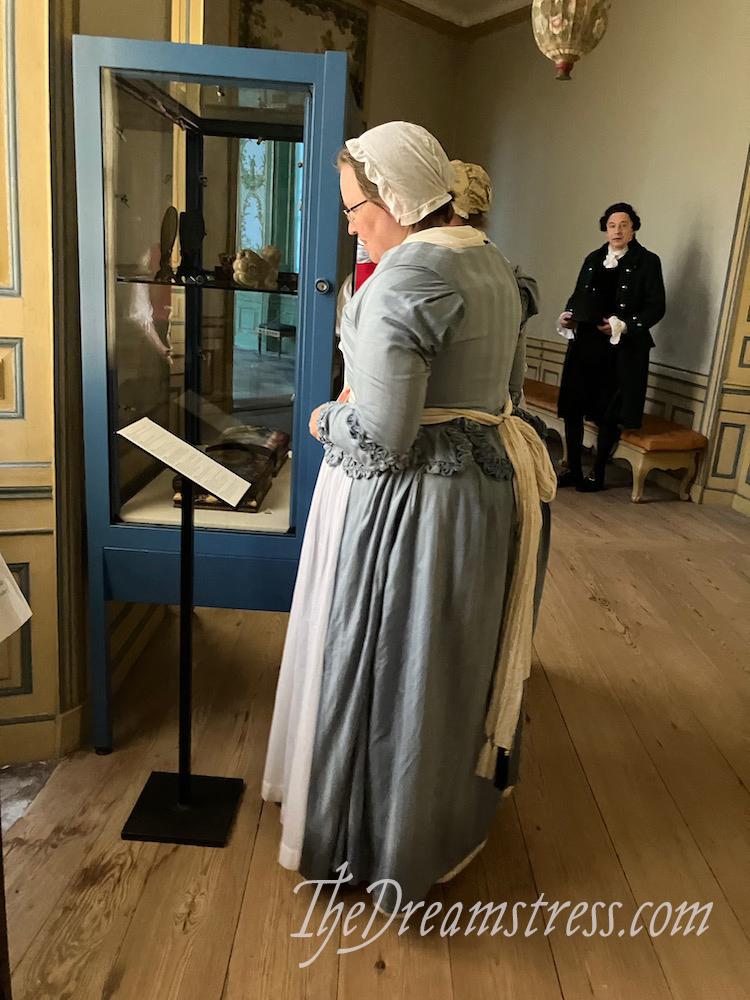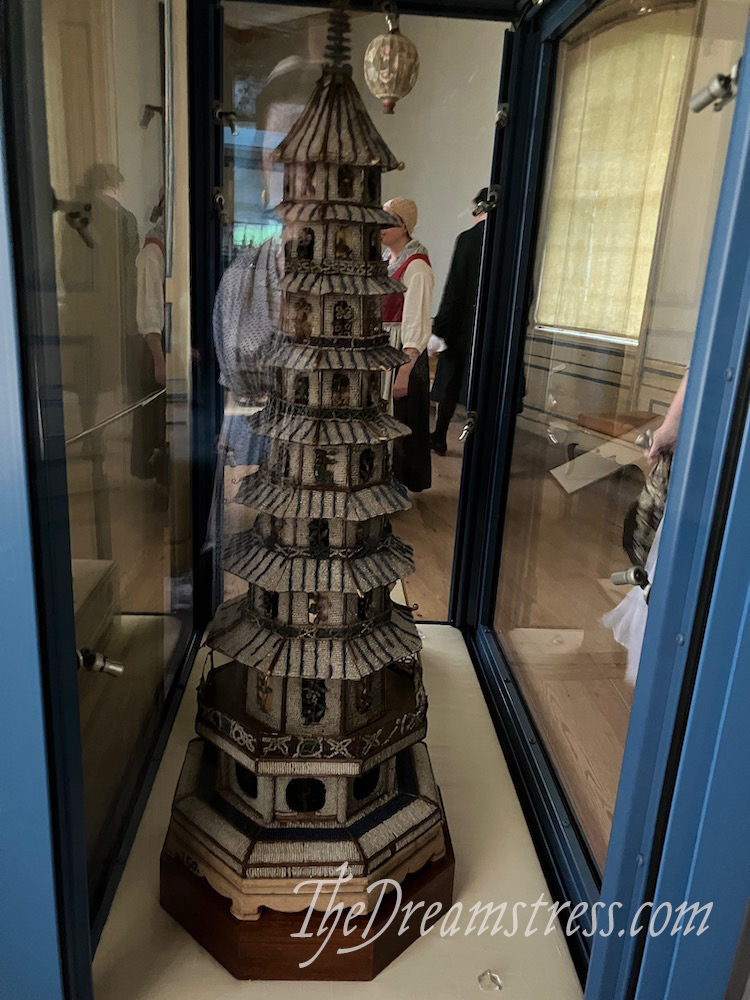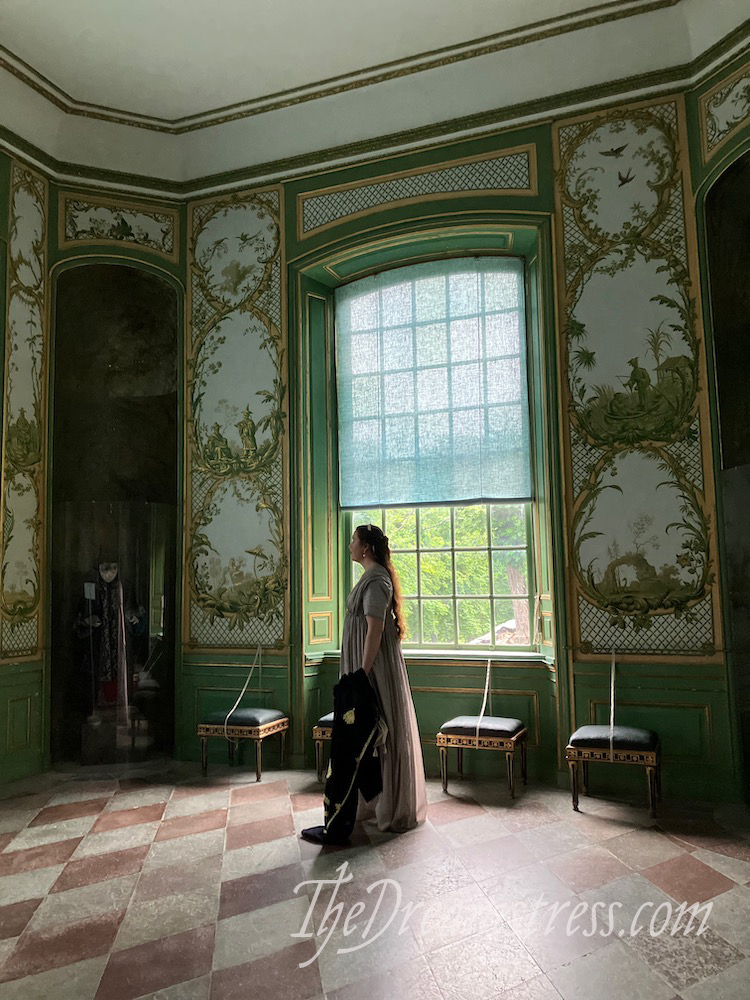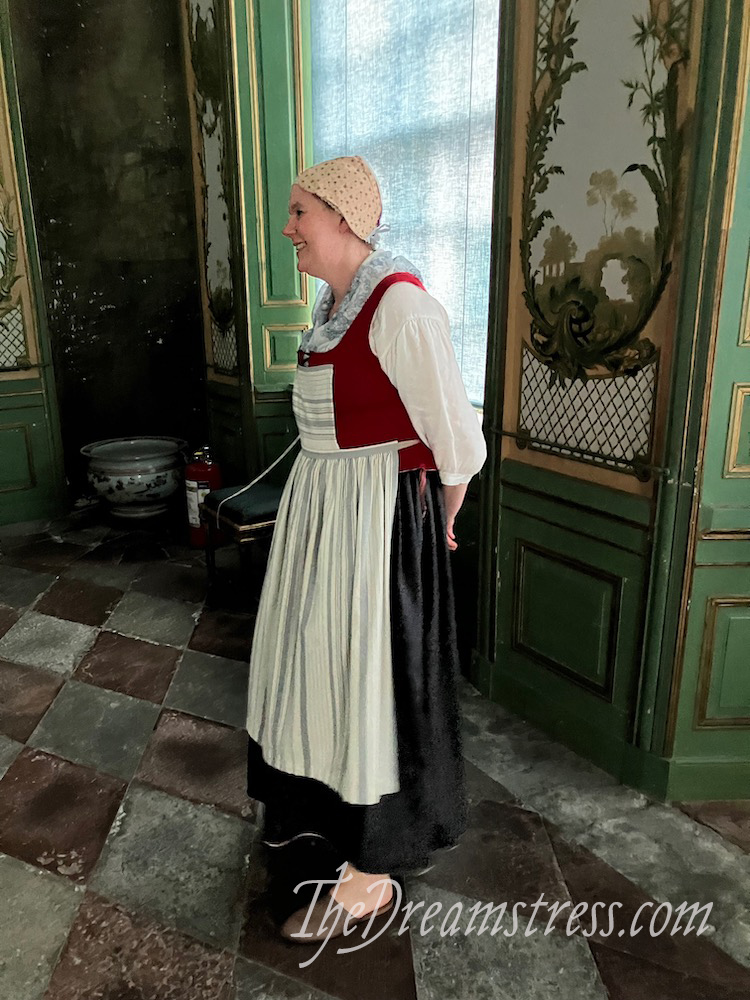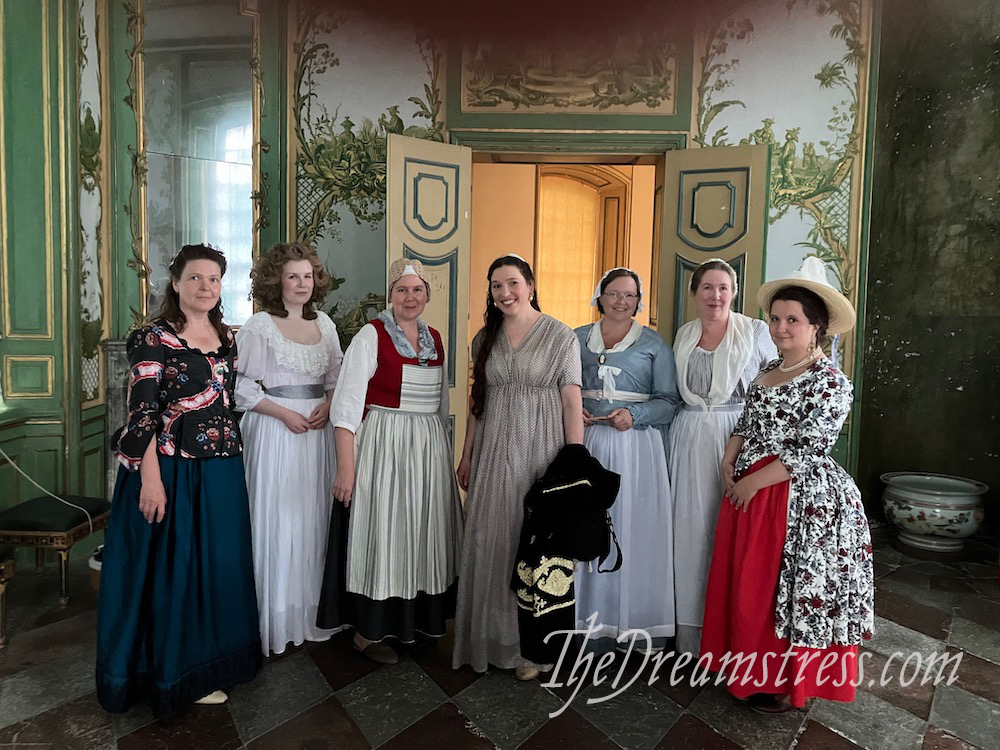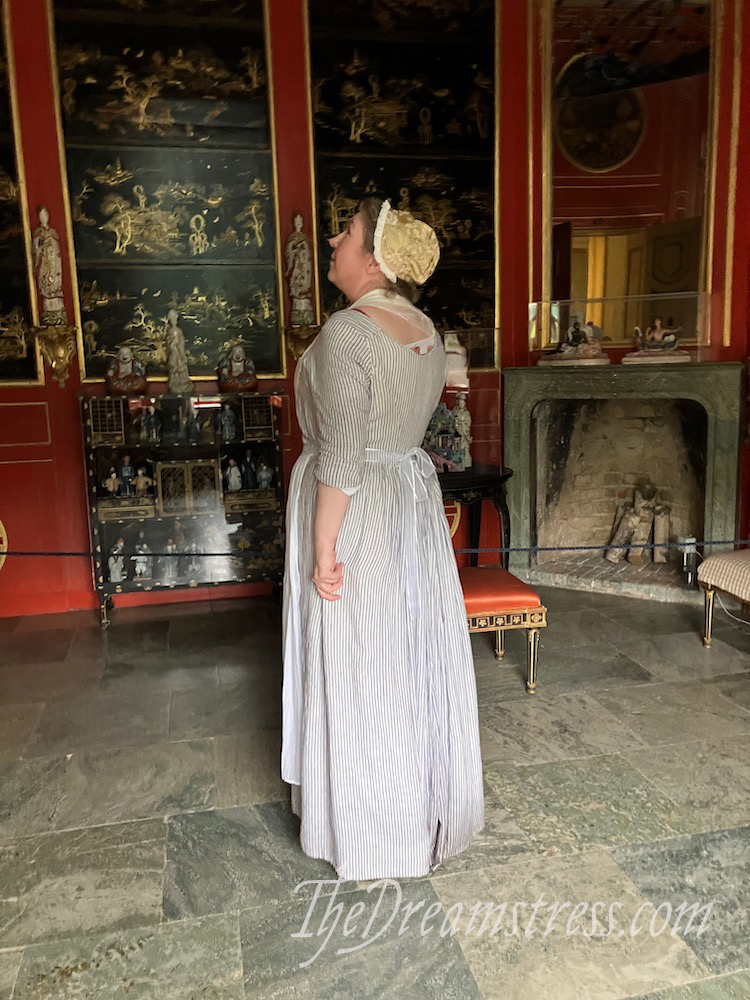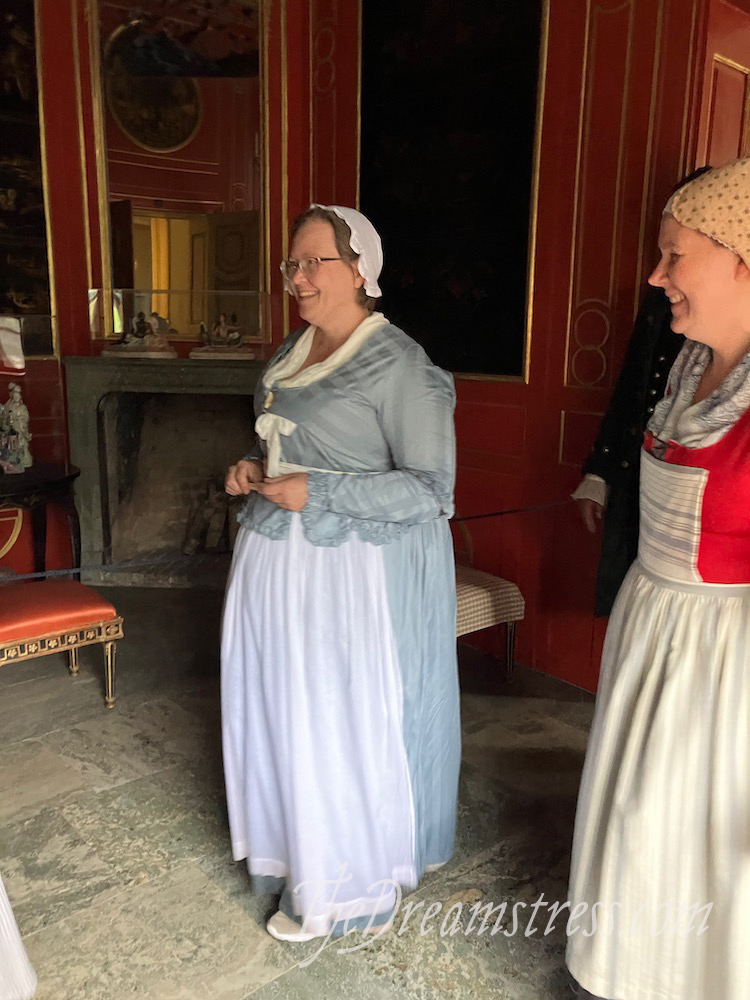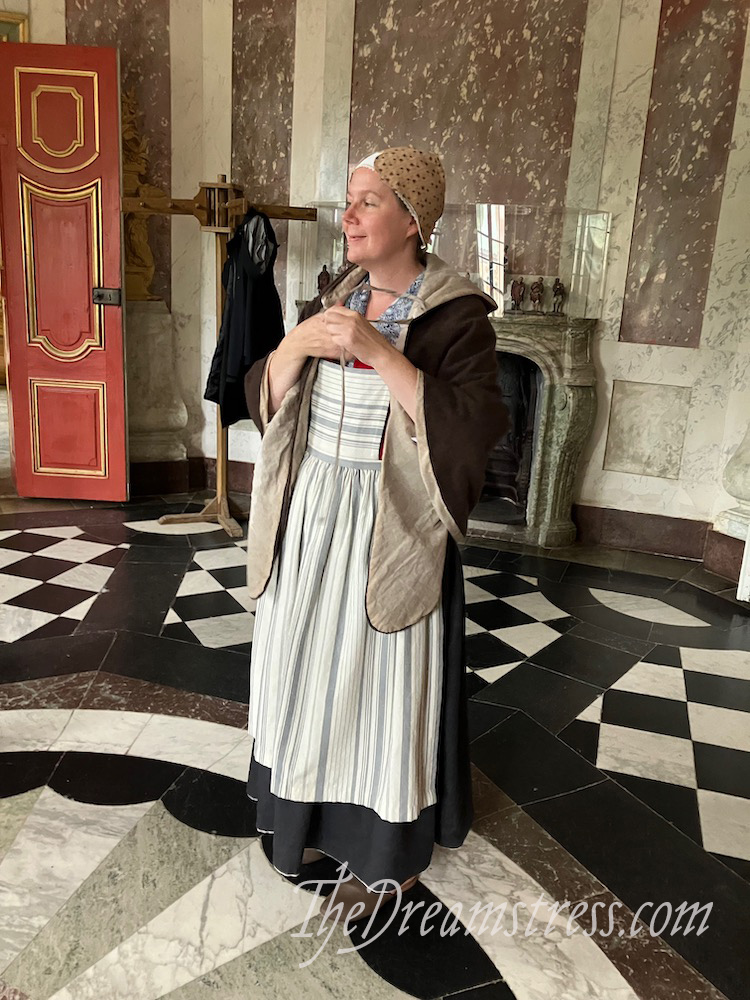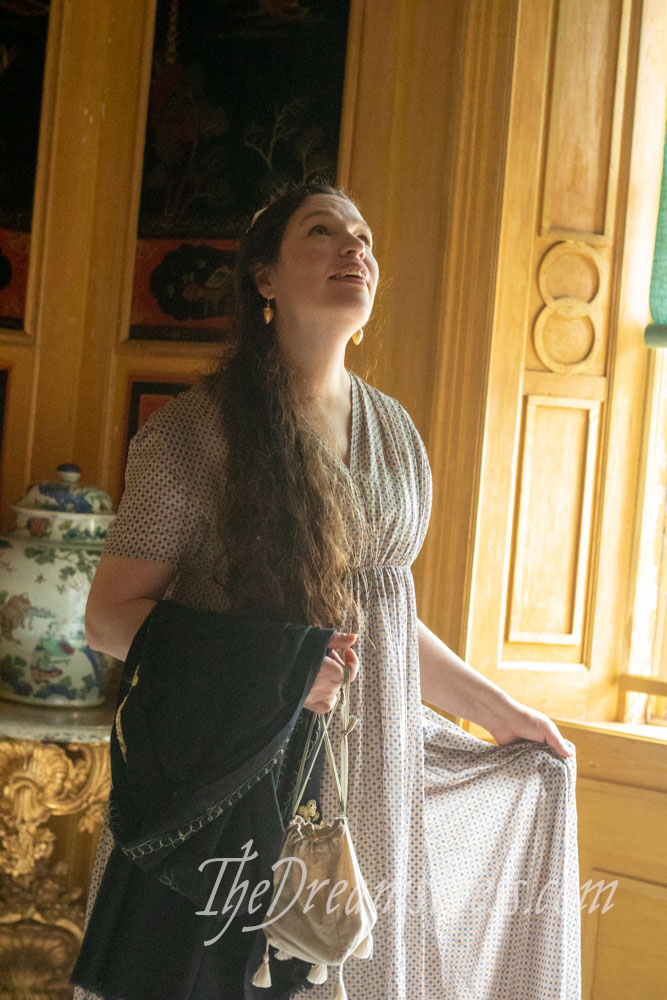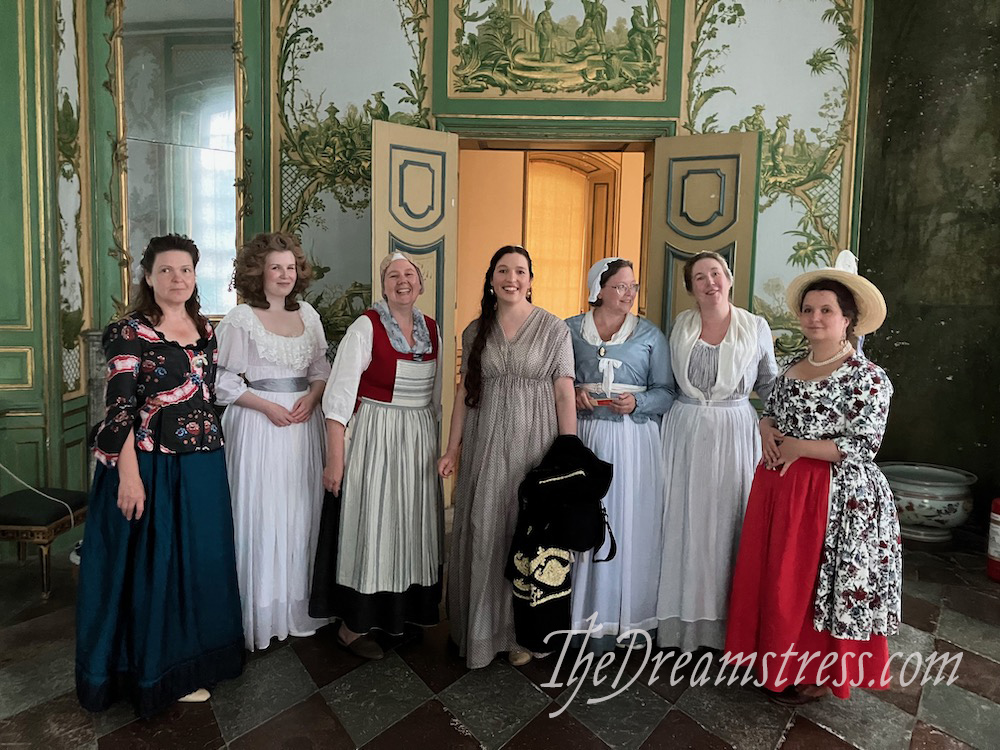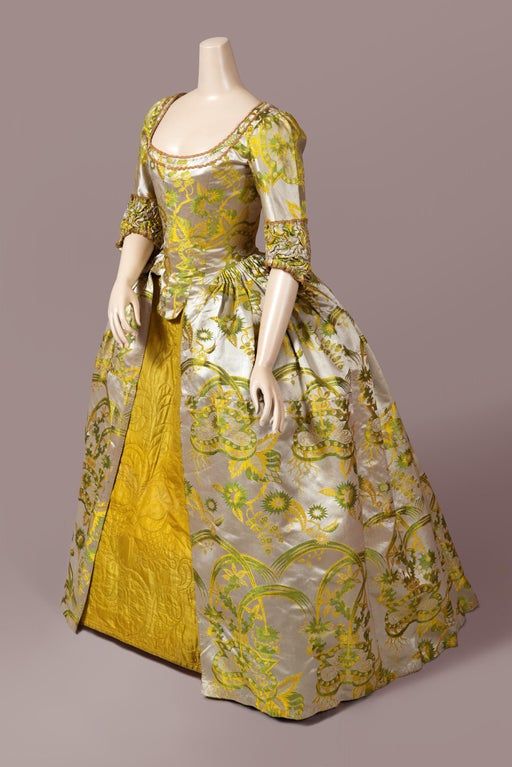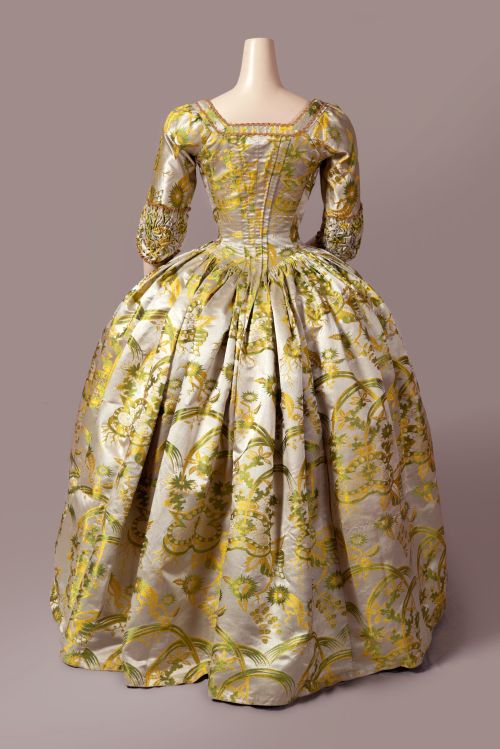It’s breast cancer awareness month in the US, and while I’m not in the US, it seems like a good excuse to tell you a bit about my breast-cancer-scare journey, because reading this kind of story would have reassured me a great deal while I went through it.
I’ll start this off with the BIG IMPORTANT SPOILER: I don’t have breast cancer (or any other kind of cancer).
Trigger warnings: I’m going to talk about my breasts a lot. Also needles, and cancer. There is a photo of bruising and needle marks.
Caveat: I’m not a medical specialist. NONE of this is medical advice. It’s just what I remember of the experience. There may be mistakes in the names I call things, and I may mis-remember the order of some things.
The Big, Not-so-Bad, Breast Cancer Scare of 2020-21
Back in October 2020, I felt like I was being stabbed in my left breast whenever I accidentally bumped something against the arm side of it, and I could just feel a tiny, tiny lump in it if I pushed.
So, like a good advocate for my own health, and, aware that my grandmother died of breast cancer while my mum was only a teen, I trotted off to my doctor to talk with her about it.
She couldn’t feel a lump, but believed me that I could, She reassured me that breast pain like I was feeling wasn’t usually a symptom of breast cancer. She also reassured me that since my mother and her sisters were all decades older than my grandmother was when she died, and hadn’t had cancer, there was no evidence of a genetic component to my grandmother’s cancer. My grandmother smoked and probably got exposed to tons of horrible chemicals from other stuff.
Buuuuuuut…just to be safe, we should do some more checks…
(I was going to hear this a LOT over the next 18 months).
So she scheduled me for a breast ultrasound.
Breast ultrasounds
I took a couple of hours of work, and went to the ultrasound centre, and a nice lady smeared goo all over my chest and pushed the ultrasound wand across my breasts, and I found out two things.
- Breast ultrasounds are fantastic. If they offer you one, say yes. It’s the only time in your life you’ll get to have a non-sexual breast massage, and they are so relaxing. Did have to be propped up on a very uncomfortable pillow to access the weird part of the breast where the lump was, but other than that 10/10 massage. (this will, obviously, depend on your ultrasound technician being nice and non creepy. Every technician I met made me very comfortable)
- I have very dense breasts. Excitingly dense. “Hey, do you mind if we bring in a trainie technician and let them practice on you so they can get some experience in doing ultrasounds on very dense breasts where you really can’t see much?” dense. (“sure, of course, if it’s going to help another woman, have at it. Also, this means I get to have a longer ultrasound, right?”)
When it was done the technician said she’d seen some things, but they were probably nothing, but the expert would assess them, and I’d hear from my doctor if I needed any follow ups (this particular phrasing was important).
So I went back to work, and didn’t hear from my doctor, and went about my life happily.
Eeeep
And then in Feb I went back to my doctor for what turned out to be a MCL injury in my knee, and she said “why did you never follow up on your ultrasound results?” And I said “what?” And she said “Yeah, we found something and want to do a biopsy” And I said “WHAT!?” And she said, “Yeah, we sent you a message about it”, and I said “I definitely never received a message…”
Then she put in a request for an urgent appointment because I’d already lost two months…
And I went back to my car and had a little cry and a mini panic attack, because I’d assumed it was all nothing and was not at all mentally prepared for potentially bad news.
But that was the only time I cried during the whole things.
It turns out what happened is my doctors’ office has an automated system that sends computer messages that the doctors write into texts that get sent out. To be considerate, texts only go out between 7am-8pm. Unfortunately they forgot to set up the system to hold messages written outside those hours. My doctor was an early bird who liked to get up at 6am and write all her messages. So they disappeared into the ether… Whomp whomp.
I got an official apology not from the health board and my doctor’s office about the mix up.
And a message that I was going to have a blood test, and then another emergency ultrasound in 3 days time, and they would schedule and explain the biopsy then.
By the time the ultrasound came, I was calm again. And had a lovely, easy ultrasound, and a mammogram, and more “Wow, these are so dense!” comments.
And I got to enjoy the fascinating triptych in the radiology waiting room at Wellington hospital.
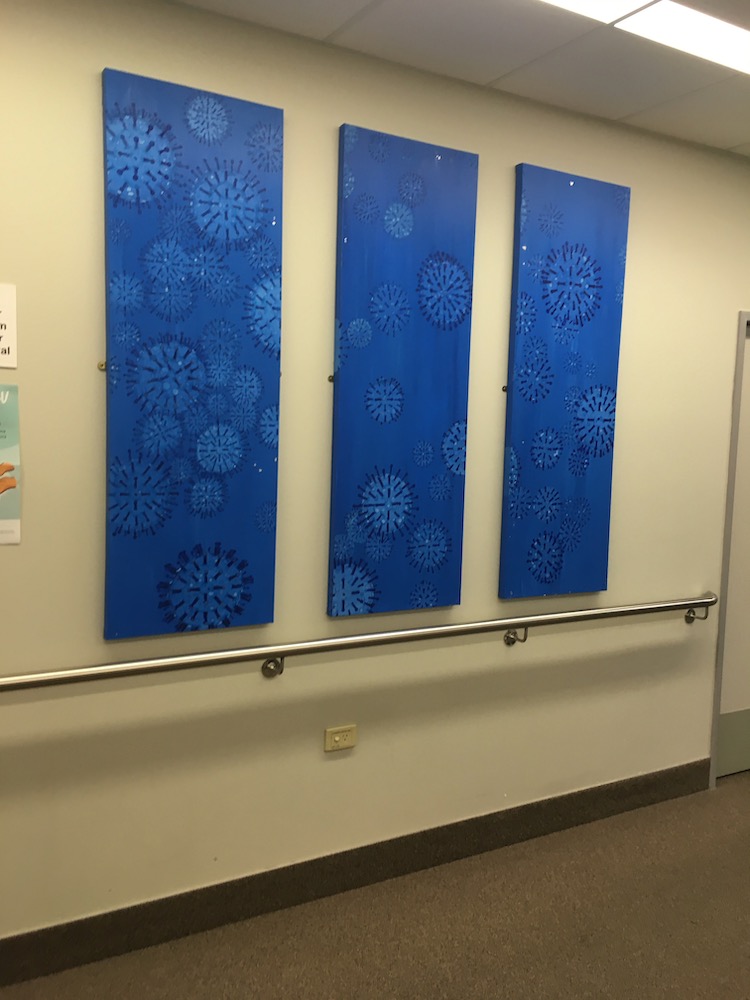
I asked the ultrasound technician why they had paintings of coronaviruses in the waiting room, and she said “wow, how did you know what those are.”
Ummm…it’s March 2021…everyone in the entire world knows what a coronavirus looks like by now!
(you aren’t actually allowed mobile phones in the waiting room due to the proximity to the radiography machines, so I took in an actual digital camera to my next appt to snap this photo!)
In this ultrasound they focused on the area where I felt the pain and lump, and what do you know, there was a lump exactly where I felt it. It was tiny: smaller than a grain of rice, and everyone who saw it said there was no way I could feel it. But yet I consistently knew exactly where it was, because I could.
Because of stuff, there were more ultrasounds, and blood tests, and more specialists discussing things, and deciding what kind of biopsy was best, and different departments wanting to see things. I got really familiar with the hospital before they finally decided I would have a hollow needle biopsy
So I went home, and looked up ‘hollow needle biopsy for breast lump’ and all I found were terrifying stories from women how it was the most painful thing they had ever been through and they had had three kids with no epidural, or how they still had nerve damage three years later…etc. etc. Because the internet loves a horror story.
So here’s a nice comforting story about a hollow needle biopsy that was as tricky as it could possibly be, and still not bad or painful at all. I hope that if you ever have to have one, yours is also non-scary and non-painful (and also comes back negative!)
What it’s like to have a hollow needle biopsy on your breast
Attempt #1:
It’s scheduled for the next week, the same day some of the founding members of the Polynesian Panthers are coming to speak at Toi Whakaari. Bummer. Sucky to miss it. But the great thing about my work is that it’s just down the road from the hospital, so I literally go to work in the morning, and 20 minutes before my appointment I check out and stroll to the hospital, no need to park or anything.
The ultrasound tech gets all set up. The anaesthesiologist comes and begins to numb my breast. I get to watch all of this on the ultrasound screen. Luckily I’m the kind of person who thinks its super cool to get to see needles get shoved through my flesh. (yeah, I’m afraid of heights and claustrophobic, but if you need to do surgery on me I’m like “awesome, can I watch!?”)
And there’s a LOT of shoving. Did I mention dense breast tissue? Yeah, there’s a lot of comments about how much of a workout sticking a needle into me is.
Attempts to insert first needle. Ack! That super dense breast tissue? I’ve bent the needle! Second needle, same thing. OK, we go up a size. I bend that one too! Another try, very carefully…success! But we have to get more in, and more area. The lump is right against the chest wall. Fifth needle, the one they try to get really deep? Bent! Alright, we’re going to have to max out the needle size. At maximum needle size they finally successfully numb me.
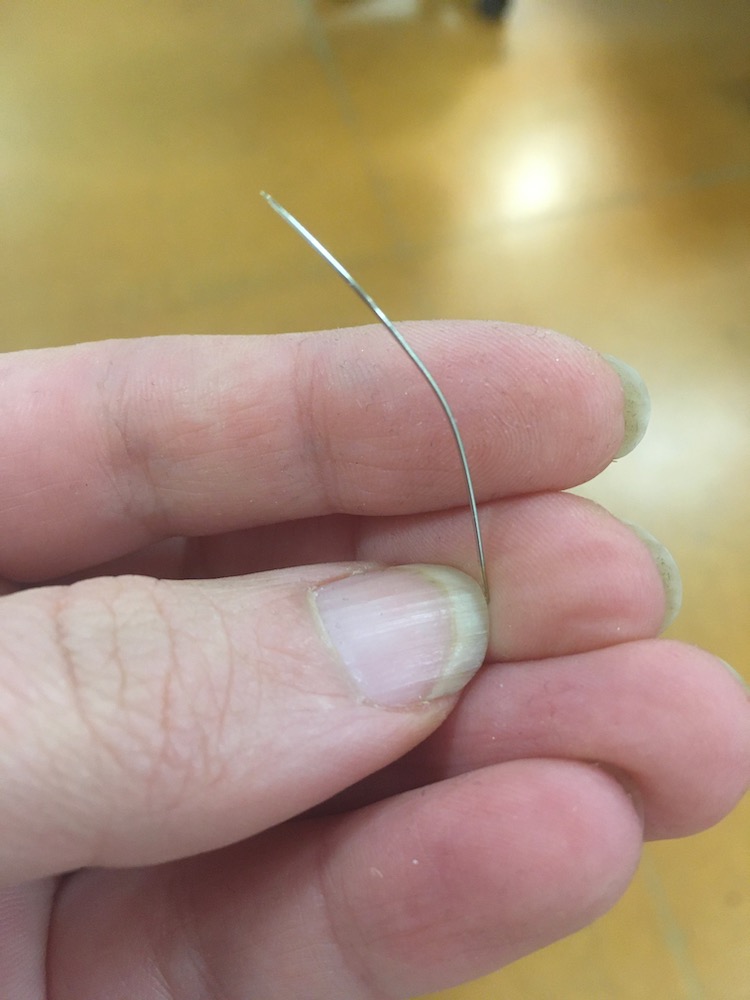
(not the actual needle! I bent a pin a few days after this, and it was too funny not to photograph)
And then they try to do the biopsy, but there’s a problem. A white cloud has grown in my breast on the ultrasound screen.. It was hard enough to see anything before, but now it’s just white fuzz.
The anaesthesiologist is fascinated. She’s read about this, but in over a decade of doing this kind of breast numbing, she’s never seen it. Somehow she’s injected air with the anaesthesia. So they can’t do a biopsy, because they can’t see what they are aiming for.
Biopsy cancelled.
But can I come back last thing in the day, and they will see if the air has cleared? Also, it’s a teaching hospital, so they are going to bring in trainie aestheticians to see me and my excitingly air cloud. Awesome. Luckily I love being a teacher!
So I go home, have a bunch of chocolate, and chill on the couch.
I got given a bunch of painkillers, but didn’t end up taking any of them, because even though this ends up being the most painful part of the whole thing, it really wasn’t bad. Sore and kinda of weirdly burn-y (that may have been the air making its way out of my flesh), but totally bearable.
Unfortunately when I go back in late afternoon the cloud is still there. So we re-schedule for 24 hours later.
Attempt #2:
30ish hours after the initial attempt, the air has finally cleared, and I’m good to go again.
There’s a discussion of whether it’s technique, random chance, or something in me that caused air to be inserted with the painkillers. Apparently the side effect is so uncommon they don’t know what causes it. The technician is very, very careful as she anaesthetises me.
Needles are bent, but less of them, because we don’t mess around and go straight for ‘biggest possible needle’.
And it works!
So then they get to stick another ‘biggest possible’ hollow needle (they learned!) all the way down in my breast to try to hit the teeny tiny lump sitting on my chest wall. They do this three times, just in case.
There are more comments about the effort it takes to drive a needle through my dense breast tissue. They have to go in almost 5cm, so it takes a lot of work. There are jokes about ‘well, that’s my workout for the day’.
Finally we have success!
I go home and inspect the 3 purple lines driven into the side of my breast, and the deep bruising around them. It actually doesn’t look that bad. I decide to wait and see if I need painkillers. I never do.

So, quite a tricky hollow needle biopsy, involving two attempts, the biggest needles they ever use, and getting all the way in to my chest wall, and I didn’t even need to take ibuprofen. It was only as sore as getting blood taken, I could go to work the next day, etc, etc. On doctor’s orders I didn’t wear an underwire bra for three days because it would have sat right on the lines where they drove in the needles, but even that might have been fine.
(my photo library from this time is like, “coronavirus triptych, sew your yellow 1360s gown, make samples of the Selina Blouse, here’s a pic of your boob bruise, sew ruffles on to the Amalia jacket, here’s the bruise 3 days later, now make samples of the Kilbirnie Skirt… It’s a wild ride!)
The follow up:
My friends check in to see how it went. I recount the gory details and we have a conversation about bent needles. We invent the phrase ‘boobs of steel’ and decide that’s why female superheroes can wear such skimpy costumes: our flesh literally repels weapons. Who needs armour when your own body just bends metal? We end up shrieking with laughter. The best medicine!
The biopsy comes back negative. Hurrah!
But they weren’t totally happy with my blood test results, or something, so they wanted to keep checking on things, and following up… So there are more ultrasounds, and mammograms, and blood tests, for a long time.
Cool, fine. But since I’m being monitored for breast cancer does that mean that I get bumped up the Covid vaccination list? (remember 2021, when we were all desperate to get a vaccine as soon as possible?)
Actually…kinda the opposite. I was going to have to delay it. The Covid vaccine gets the lymph nodes in your armpits all excited, which is the last thing you want because cancer also does that, so they can’t tell which was which. Instead they needed to schedule my vaccine at an exact time to fit in with the ultrasound schedule…so I got it very late.
And ended up getting Covid before I’d had the 2nd vaccine (came down with it the first day I was eligible for it!), and thus had a really bad bout of Covid. Womph womph. (and when they have to X-ray my lungs from Covid they get all excited again and call in all the students to train on me because my scoliosis makes taking a lung x-ray tricky – my body is so cool!)
The conclusion:
After 18 months of testing, 11 breast ultrasounds, 2 biopsy/attempts, 2 mammograms, I-forgot-how-many-but-lots blood tests, and half a dozen specialist consultations appointments, I was finally, conclusively told I didn’t have breast cancer.
In fact, I was more sure not to have breast cancer than almost any woman in NZ, because my breasts had been tested, poked, prodded, palpitated, ultrasounded, mammogrammed, and otherwise inspected as much as it was medically possible to do so. Half of Wellington has seen them.
Total cost for 11 breast ultrasounds, 2 biopsy/attempts, 2 mammograms, I-forgot-how-many-but-lots blood tests, and half a dozen specialist consultations appointments: $80 (initial doctors appt) + $36 (half of initial ultrasound) via the public health system in NZ = $116
Also, every single doctor, nurse, radiologist, anaesthesiologist, ultrasound technician, medically-trained vampire (I know there’s a name for the people who take your blood but can’t remember it and this is funnier than looking it up) and general person-who-checks-you-in at the hospital was lovely. They all took the time to explain things,
So here’s to the New Zealand public health system. It’s awesome! I’m incredibly grateful to it!
And here’s to my boobs of steel!
And if you feel a lump, get it checked out. I hope your journey is as easy as mine, and your results as good.

